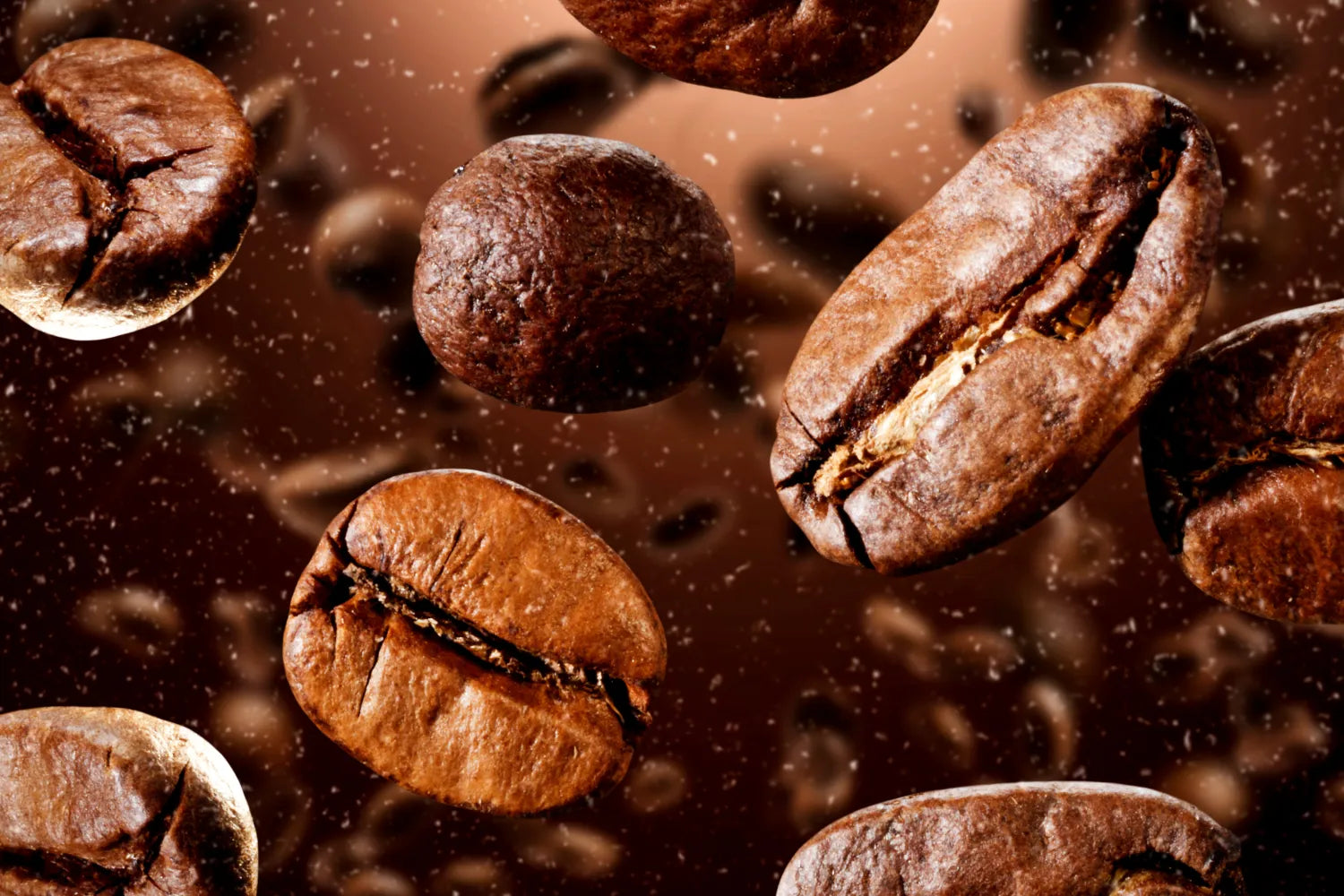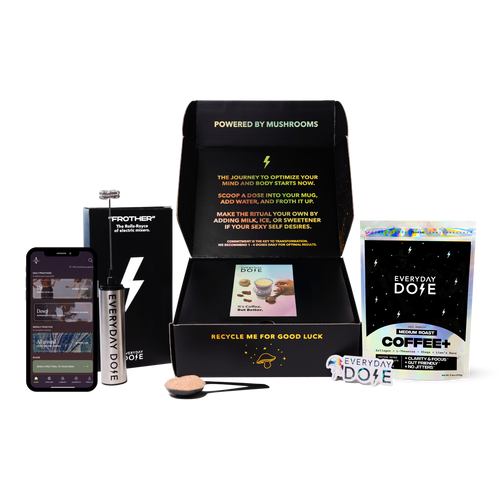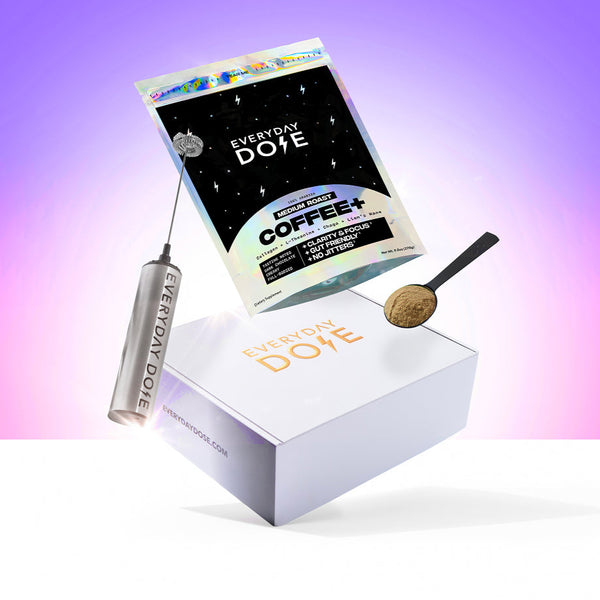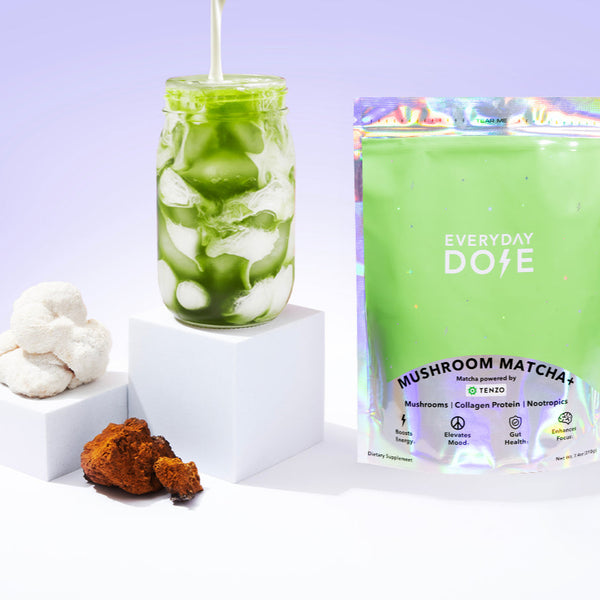Arabica Coffee: Taste Profile, Roast Level, Origin, and More

If you’ve ever taken a sip of coffee and thought, “Wow, this is good,” chances are, Arabica was in your cup. Coffee snobs and casual sippers alike tend to agree that Arabica is the best because of its delicate flavor notes and smooth, mellow body.
But what exactly gives Arabica coffee its nuanced flavor? Read on to learn more about the taste, origin, roast, and brewing methods of this beloved bean.
What Is Arabica Coffee?
Arabica coffee (known more formally as Coffea arabica) is the most widely consumed type of coffee on the planet, making up about 60% of global production, the rest of which is mostly taken up by Robusta coffee beans. Native to Ethiopia, Arabica beans thrive in high-altitude regions with cool climates, rich soil, and plenty of rainfall. It might be a little picky about its environment, but the payoff is pure flavor magic.
What Does Arabica Coffee Taste Like?
Arabica is so special because it contains more sugars and lipids than Robusta, which gives it a smoother, sweeter taste and a softer, more nuanced aroma. It also has less caffeine, which reduces bitterness and allows more subtle flavor notes (like fruit, flowers, and chocolate) to shine through.
Where Does Arabica Come From?
The taste of coffee depends on where it was grown, just like a fine wine. Some of the most popular coffee growing regions and their flavor notes include the following:
- Ethiopia: This region produces beans with citrusy, tea-like brightness and delicate floral notes.
- Colombia: This region is known for its caramel sweetness, medium body, and nutty undertones.
- Guatemala and Costa Rica: These beans contain fruity notes and crisp acidity, thanks to the volcanic soil and cool climates.
- Indonesia: This growing region produces earthy, spicy flavors and low acidity.
How Does Roasting Affect Flavor?
Each roast level brings out a different personality in the coffee bean. Light roasts are commonly used in breakfast blends. They retain the bean’s original character, showing off floral, fruity notes and vibrant acidity.
Meanwhile, medium roasts are all about balance. They tone down the acidity, bring in a bit more body, and introduce warm flavors like chocolate and caramel.
Dark roasts are also known for their bold flavors and notes of plums and spices. Roasting longer brings out rich, smoky tones, reduces acidity, and increases bitterness. While that can sometimes overshadow Arabica’s subtleties, it also creates that toasty, comforting flavor many people crave.
Arabica vs. Robusta: Which Tastes Better?
Arabica and Robusta might both be coffee, but they couldn’t be more different. While Robusta has its place (often in espresso or instant coffee), it often brings a rougher edge to the flavor, with earthy or rubbery notes that are… let’s just say they’re acquired tastes.
Arabica, by contrast, is naturally sweeter and more aromatic. Plus, Arabica has about 1.2% caffeine in dry weight compared to Robusta’s punchy 2.4%, which may explain why Arabica tends to appeal to more coffee drinkers.
How To Brew Arabica for the Best Flavor
Since Arabica is best known for its delicate flavors, it only makes sense that there’s a whole field dedicated to extracting these flavors. The best coffee brewing methods to bring out Arabica’s unique flavors include pour over, French press, espresso, cold brew, and our mushroom coffee.
Pour Over
This method uses gravity (and a steady hand) to coax out every delicate note Arabica has to offer. The key here is control: water temperature, flow rate, and grind size all play a role in the final cup. When done right, pour-over brings out the floral, fruity, and citrusy highlights, making it ideal for lighter roasts and single-origin beans.
This results in a clean, crisp cup that lets you taste all the little nuances Arabica is famous for. It’s the method that makes coffee feel less like a caffeine delivery system and more like an art form.
French Press
With French press, you don’t need any paper filters or fancy gadgets, just ground coffee, hot water, and a mesh plunger. This full-immersion method gives Arabica coffee a bolder, fuller body by letting the grounds steep longer and retain all their natural oils. This creates a rich, velvety texture that’s borderline indulgent.
Because it skips the filtering process, you get a more robust cup with all the bean’s personality intact, especially with medium or dark roasts. However it also brings a bit of sediment, so don’t chug the last sip unless you like chewing your coffee.
Espresso
Espresso is coffee under pressure — literally. Hot water is forced through finely ground Arabica beans at high pressure, creating a small but mighty shot of intense flavor. It’s concentrated coffee that focuses on the bean’s darker, roasted tones. Arabica shines in espresso when roasted medium to dark, with flavors like chocolate, caramel, and toasted nuts peeking through.
Thanks to Arabica’s lower bitterness, your espresso shot won’t taste like it came out of a tire factory. It’ll be bold but smooth, with a nice crema on top.
Cold Brew
Made by steeping coarse Arabica grounds in cold water for 12 to 24 hours, this method drastically reduces acidity and bitterness. What you’re left with is a mellow, slightly sweet concentrate that tastes great over ice, straight up, or splashed with oat milk.
Arabica’s natural sugars really shine here, giving the drink a gentle sweetness without the need for syrups or sweeteners. It’s also crazy versatile — you can dilute it, heat it up, or use it in cocktails.
Mushroom Coffee+
So far, each method we’ve described has at least three steps to it. But what if you could get the rich, smooth flavor of arabica with only two steps? It’s easy with our Mushroom Coffee+. All you need to do is pour some of our coffee into a mug and add hot or cold water. If you really want to make it smooth, you can even give it a little stir.
Plus, there’s way more to this coffee than just its flavor. Each scoop also contains 4g of Brazilian collagen protein, lion’s mane and chaga mushrooms to support focus and immunity, and L-theanine to help your body feel more relaxed.
Even better? Each serving contains only 45 mg of caffeine thanks to the coffee extract we make using a proprietary low-acidity extraction process. In our experience, this is enough to feel the rush of motivation and clarity that comes with a morning cup of joe, but without the jitters and heart palpitations that can come along when you overdo it.
Wrapping Things Up
The flavor of Arabica coffee is shaped by its origin, roast, and how you brew it. Whether you're sipping a floral Ethiopian pour-over or a rich Colombian espresso, there's always more flavor to discover. Its naturally smooth, sweet taste continues to win over coffee lovers who crave nuance over knock-out bitterness.
We know how important this flavor is, which is why we use Arabica coffee in our Mushroom Coffee+. Shop all of our mushroom blends today to find a variety that works for you.
Sources:
Influence of Various Factors on Caffeine Content in Coffee Brews | PMC
Understanding Different Coffee Roasts | University of Wyoming
Coffee regions of the world | NCA
A Systematic Review on the Impacts of Climate Change on Coffee Agrosystems | PMC
Start your day
The Right Way









